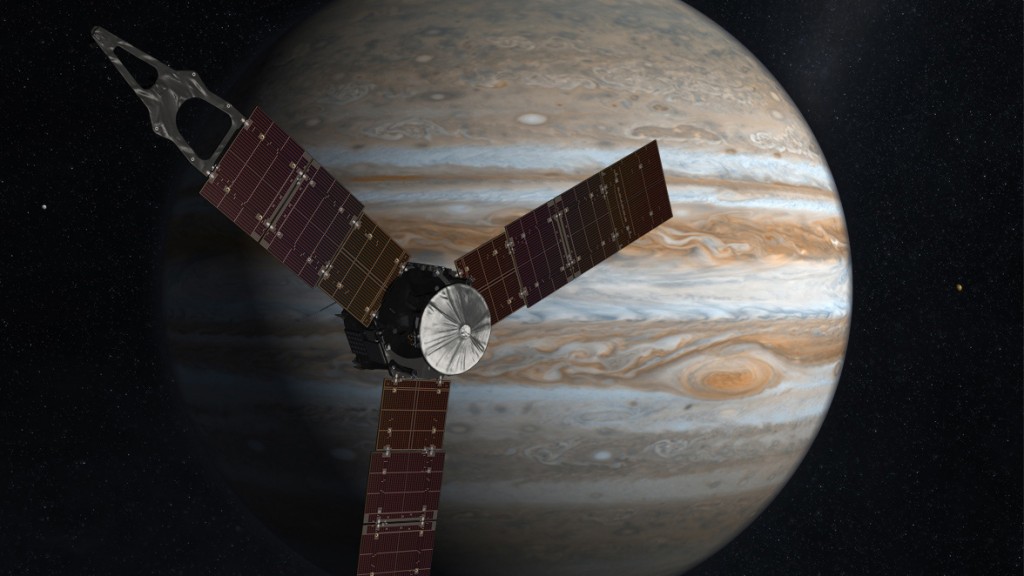
Twenty-four years ago, NASA’s Voyager One space probe sent back the mesmerizing image of what Carl Sagan called “a pale blue dot,” Earth captured from a distance of 3.7 billion miles. The image seemed to condense all our earthly concerns into one tiny fleck of light, as Sagan put it, “a very small stage in a vast cosmic arena.”
Now NASA’s Juno spacecraft, currently on its five-year journey to Jupiter, has brought back another perspective: the first-ever video of the moon as it orbits Earth, presented on Tuesday at the meeting of the American Geophysical Union in San Francisco
“This is what Earth would look like to an alien, looking at us with a telescope like Galileo had,” said Juno’s principal investigator, Scott Bolton.
“In the movie, you ride aboard Juno as it approaches Earth and then soars off into the blackness of space. No previous view of our world has ever captured the heavenly waltz of Earth and moon.”
